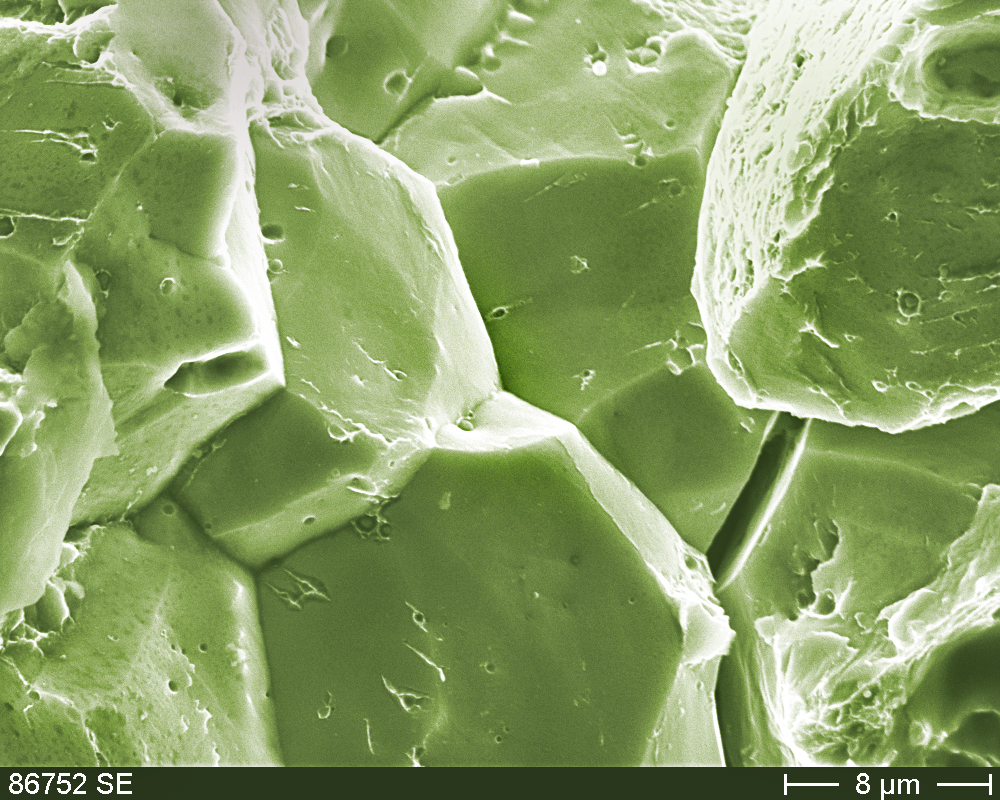Meanwhile, Fraunhofer IMWS is conducing tests on materials for systems in the megawatt range. These investigations are carried out on a test rig and feature the use of microstructural and analytic methods in order to trace material fatigue or damage back to individual components such as a bipolar plate, electrode or membrane. This in turn yields insights for further improvements in system design and production. The growth in the use of hydrogen technology has meant that many more Fraunhofer Institutes are now contributing their expertise in the areas of safety and endurance. This includes Fraunhofer LBF – in the area of system reliability; Fraunhofer EMI – crash tests and explosive gases; Fraunhofer IPM and Fraunhofer IMS – sensors; and Fraunhofer IZFP – sensor-based testing methods for the entire product life cycle.
Ensuring a long service life
Safety is a vital aspect. Yet it is equally important to ensure that systems continue to operate for as long as possible. Fraunhofer ICT, for example, is working to improve catalyst stability and investigating the durability of support materials. The focus here is on corrosion, the temperature dependency of the degradation process and the influence of impurities.
An increasingly important area of investigation is life cycle analysis. This involves the recording of energy and material flows across the entire product life cycle. These assessments offer vital information for companies and public decision-making bodies. For example, Fraunhofer ISE has compared the CO2 emissions of battery-powered, diesel, and fuel cell vehicles – including, for the first time ever, upstream factors. Meanwhile, Fraunhofer IPA is assessing material cycles for specific products related to hydrogen technology. If manufacturers know well in advance which raw materials might become scarce in the future, they can start looking for alternative solutions today.
